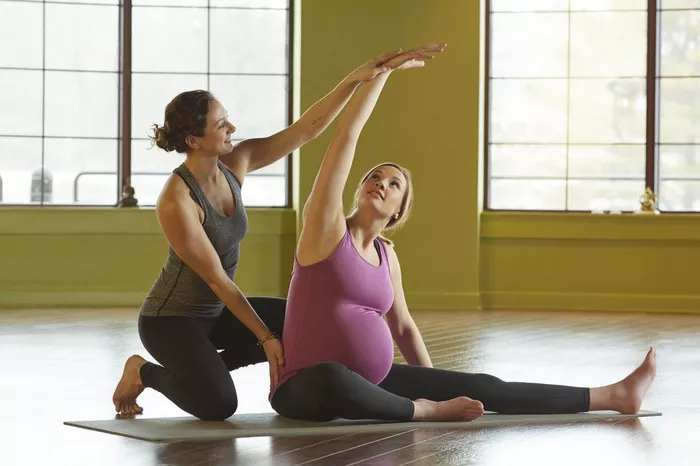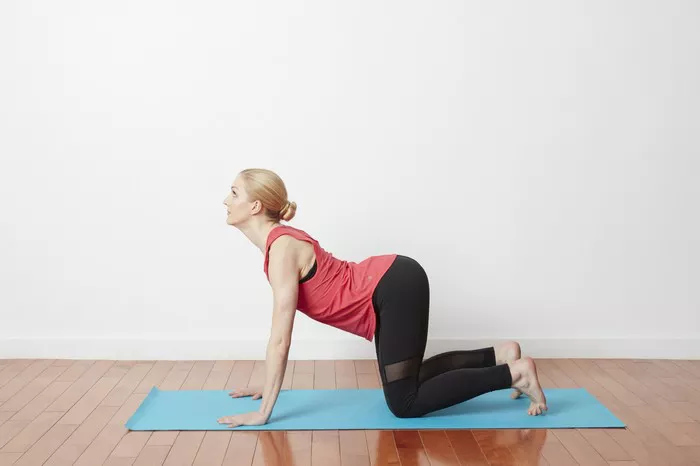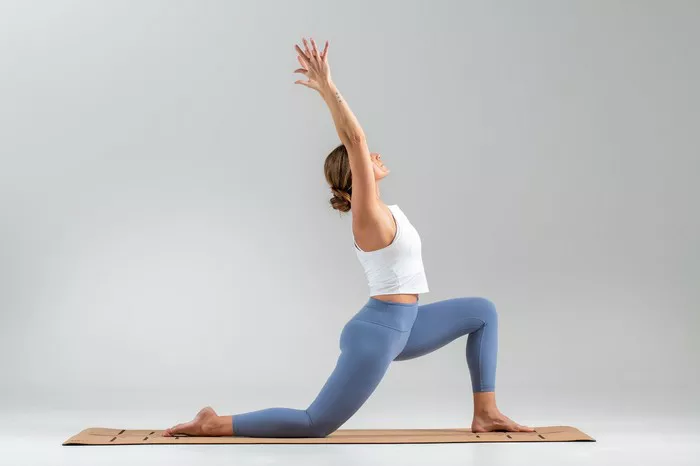Ashtanga yoga is a dynamic and physically demanding style of yoga that follows a specific sequence of postures combined with breath control, known as vinyasa. This practice, rooted in ancient traditions, has gained immense popularity due to its ability to transform the body, enhance physical fitness, and promote overall well-being. But what exactly happens to your body when you practice Ashtanga regularly? Let’s explore the profound ways in which this form of yoga changes you physically.
Increased Strength and Muscle Tone
Ashtanga yoga is structured in a way that builds muscular endurance and strength. The practice consists of a set sequence of poses that require practitioners to support their body weight in various ways, such as in Chaturanga Dandasana (Four-Limbed Staff Pose) and Bakasana (Crow Pose). Over time, this repeated engagement of muscles leads to:
- Stronger arms, shoulders, and core due to the frequent push-up-like movements in sun salutations.
- Improved leg strength from standing postures and balancing poses.
- Enhanced overall body tone as all major muscle groups are consistently activated.
Improved Flexibility
Flexibility is one of the most noticeable physical changes that Ashtanga practitioners experience. The series includes deep forward bends, backbends, and hip openers that gradually increase the range of motion in joints and muscles. Benefits of increased flexibility include:
- Reduced risk of injuries by preventing muscle stiffness.
- Improved posture and spinal alignment.
- Greater ease in performing daily movements with less discomfort.
Enhanced Cardiovascular Health
While yoga is not often associated with cardiovascular exercise, Ashtanga’s fast-paced, flowing movements create an intense workout that elevates the heart rate. Regular practice leads to:
- Improved heart health by promoting better circulation and oxygenation of the body.
- Increased stamina and endurance, which benefits athletes and active individuals.
- Enhanced metabolism, aiding in weight management and fat loss.
Greater Balance and Coordination
Many poses in Ashtanga require stability and coordination, such as Vrksasana (Tree Pose) and Ardha Baddha Padmottanasana (Half Bound Lotus Standing Forward Bend). Practicing these poses regularly leads to:
- Improved proprioception (body awareness in space).
- Stronger stabilizing muscles, particularly in the feet, legs, and core.
- Better overall coordination, reducing the risk of falls and injuries.
Detoxification and Internal Cleansing
Ashtanga yoga incorporates a specific breathing technique called Ujjayi Pranayama, which generates internal heat. Combined with dynamic movements, this heat induces sweating and detoxification. The practice also stimulates the digestive and lymphatic systems, leading to:
- Elimination of toxins through perspiration.
- Improved digestion and metabolism.
- Enhanced immune function due to increased circulation and lymphatic drainage.
Weight Loss and Body Composition Changes
Due to its physically demanding nature, Ashtanga yoga can be an effective weight management tool. Practitioners often experience:
- Fat loss and muscle definition due to the calorie-burning effect of vigorous sequences.
- Increased lean muscle mass, leading to a more sculpted physique.
- Improved body awareness and mindfulness around eating habits.
Better Posture and Spinal Health
Many postures in Ashtanga focus on spinal alignment and core engagement. Over time, this leads to:
- A stronger and more supportive core, reducing lower back pain.
- Improved posture by counteracting the effects of prolonged sitting and poor alignment.
- Increased spinal flexibility and mobility, decreasing the risk of spinal issues.
Enhanced Joint Health and Mobility
Contrary to the misconception that yoga might be tough on the joints, Ashtanga, when practiced with proper alignment, actually strengthens the connective tissues and promotes joint lubrication. This results in:
- Reduced stiffness and improved mobility.
- Enhanced joint stability, which benefits individuals prone to injuries or arthritis.
- Increased longevity of joint health through controlled and mindful movements.
Improved Breath Control and Lung Capacity
Breathwork is a fundamental aspect of Ashtanga yoga. Practicing Ujjayi breathing throughout the session helps in:
- Expanding lung capacity and increasing oxygen intake.
- Strengthening the respiratory system, benefiting those with breathing difficulties.
- Cultivating mindfulness and reducing stress through focused breathing.
Reduction in Stress and Physical Tension
Although Ashtanga is a physically intense practice, it also has profound effects on reducing stress and physical tension. The synchronization of breath and movement creates a moving meditation that results in:
- Lower cortisol levels, reducing stress and anxiety.
- Relaxed muscles, leading to less tension and tightness.
- A balanced nervous system, enhancing overall well-being.
Conclusion
Ashtanga yoga offers a comprehensive approach to physical transformation. Through consistent practice, individuals experience increased strength, flexibility, cardiovascular health, improved posture, and enhanced mental clarity. While it requires dedication and discipline, the benefits extend far beyond the mat, leading to a healthier, more balanced body and mind. Whether you are looking to build muscle, lose weight, or improve your overall fitness, Ashtanga yoga is a powerful tool to help you achieve your goals. Start your journey today and witness the profound changes it brings to your body and life.
Related topics























